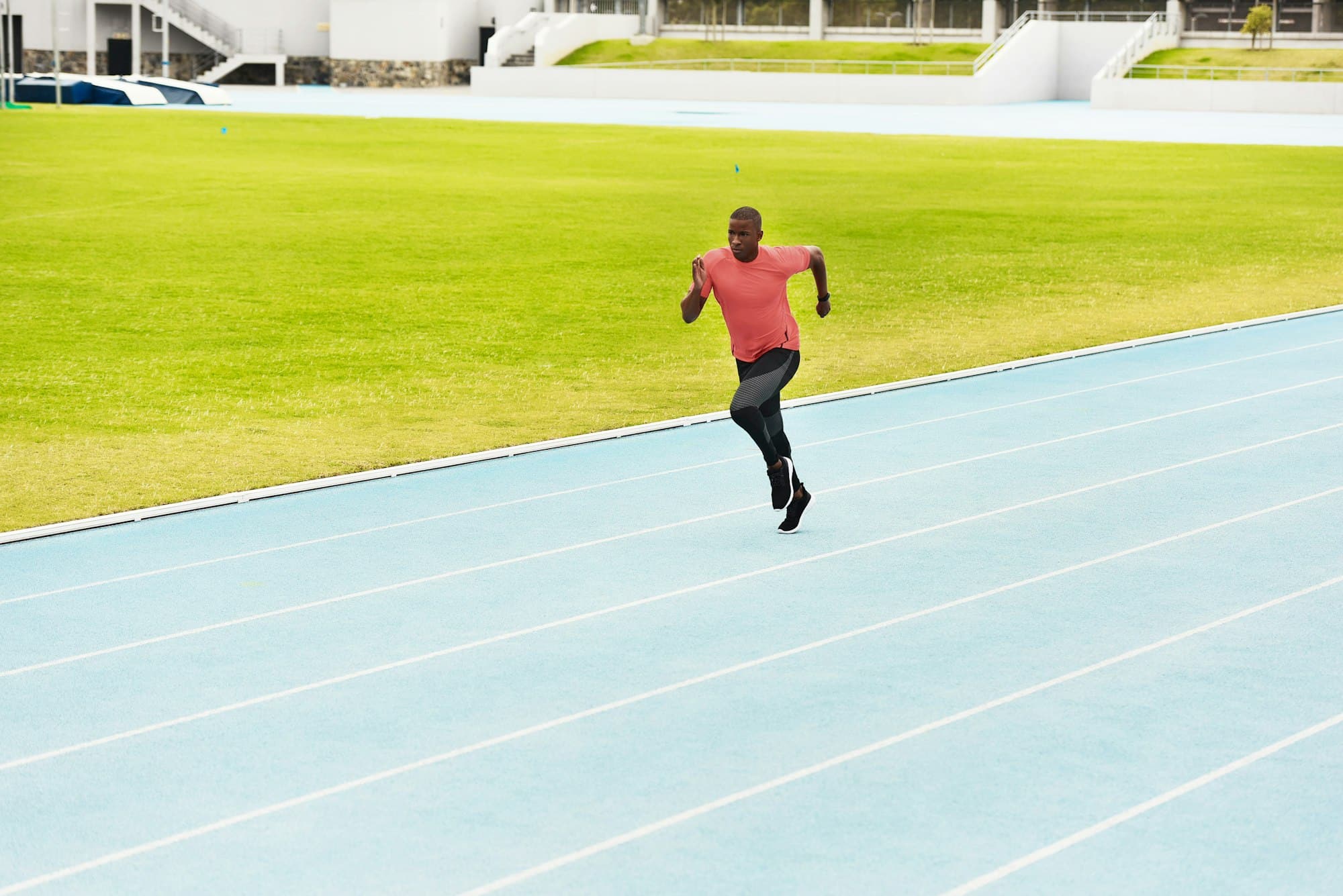Pacing, the art of distributing one’s energy effectively across a given distance or time period, is a crucial strategy in multi-day sports events. Whether you’re a marathoner, triathlete, or cyclist, understanding and implementing pacing strategies can significantly increase your performance.
Understanding the Importance of Pacing
Pacing is more than just deciding how fast to start a race or when to kick in the final sprint. It’s about understanding your body, your capabilities, and the terrain of the event itself.
Also to see : Aerial yoga in london: elevate your practice and discover new movement
In multi-day events, pacing is a critical component due to the increased demand on the body’s energy reserves. It’s not just about how fast you can run, cycle, or swim on day one, but how well you can maintain that performance on day two, three, and so forth.
Pacing requires a deep understanding of your body’s capabilities and limits. It’s essential to know when to push hard and when to conserve energy, especially during multi-day events. Proper pacing prevents unnecessary fatigue, reduces the risk of injury, and enhances overall performance.
Also to discover : In-depth tests of running shoes and trail shoes for you
Scholars and sports scientists have spent decades researching the most effective pacing strategies. They have found that the ideal pacing strategy varies depending on the athlete, the sport, and even the specific event. But, some general principles can guide athletes in developing their pacing strategy.
Training for Pacing
Training is a critical component in learning to pace effectively. Athletes must train their bodies to operate efficiently at different speeds, and they must also train their minds to judge the appropriate pace for each stage of a race.
Start by identifying your baseline pace—the speed at which you can comfortably carry on a conversation. Then, gradually increase your speed during training runs until you can no longer speak in full sentences. This faster pace becomes your tempo speed.
Next, incorporate interval training into your routine. This involves alternating between fast segments (near your maximum effort) and slow recovery segments. Interval workouts improve your body’s ability to recover quickly from intense efforts, an essential skill in multi-day events.
Training with a heart rate monitor can also help athletes manage their pacing. By learning to correlate how they feel at various heart rate zones, athletes can fine tune their internal pacing guides.
Formulating a Pacing Strategy
Developing a pacing strategy requires careful planning. It involves taking into consideration the length and nature of the race, the athlete’s physical condition, and the event’s conditions.
A common strategy in distance races is known as negative splitting, where an athlete runs the second half of the race faster than the first. This allows the body to warm up and prevents burning out too early. In contrast, a positive split strategy, where the first half is run at a faster pace, may be suitable for short races where maintaining a high speed is possible.
In events like triathlons or Ironman races, pacing should account for transitions between different sports. Athletes must conserve energy during the swim and cycle segments to have enough strength left for the final run.
It’s essential to adjust your pacing strategy based on real-time conditions. Changes in weather, terrain, or even your physical condition may require you to adjust your plan on the fly.
Pacing and Performance
Proper pacing can dramatically improve an athlete’s performance during a multi-day event. By managing their energy reserves efficiently, athletes can maintain a consistent performance level across multiple days.
Studies show that athletes who employ a well-thought-out pacing strategy perform better than those who simply try to go as fast as they can. This is especially true in longer multi-day events, where energy conservation becomes crucial.
Performance also benefits from psychological aspects of pacing. A well-executed pacing strategy can boost an athlete’s mental resilience, as they’re less likely to feel overwhelmed by the race’s demands.
The Role of Technology in Pacing
Technology has revolutionized pacing strategies. Tools like GPS watches and heart rate monitors provide real-time data that can help athletes fine-tune their pacing during a race.
Apps can predict your finish time based on your current pace, helping you adjust your speed as needed. Some devices can even alert you if your pace is too fast or slow for your pre-set race strategy.
In addition, online platforms and software allow athletes to analyze their performance post-race. By examining factors such as speed, heart rate, and elevation, athletes can gain insights into their pacing and make improvements for future races.
The future of pacing looks even more promising, with advancements in wearable technology that can provide real-time feedback on an athlete’s physiological state. This will allow for even more precise pacing strategies, tailored to each athlete’s unique capabilities and conditions.
Remember, a successful pacing strategy does not solely depend on the physical aspect, but also on mental preparation, training, and the use of technology. The understanding and application of these pacing strategies will undoubtedly provide a competitive edge in any multi-day sports event.
Enhancing Pacing Strategies through Research and Knowledge
Expanding our understanding of pacing strategies can be done through various resources. Tools such as Google Scholar and PubMed can provide athletes with access to numerous free articles and studies on the subject. Crossref Google and PubMed Crossref can also be used to find relevant information.
These databases house a wealth of information on sports physiology, and specific pacing strategies for different events. For example, an article on PMC Free might discuss the best pacing strategies for long-distance events, while a free issue in Sports Med could expand on the physiological impacts of different pacing techniques.
Research from scholars like Clair Gibson can also provide insight into this area. Gibson’s work has notably touched on the relationship between perceived exertion and pacing. Understanding how one’s perception of effort impacts their pacing strategy can help athletes gauge when to push harder and when to conserve energy.
Furthermore, reading up on research related to heart rate monitoring, distance events, and sports performance can offer a more comprehensive understanding of pacing. These resources provide valuable information that can be applied to real-world training and racing.
Remember, knowledge is power. The more an athlete understands about pacing strategies, the better equipped they will be to apply these strategies effectively during their events.
Conclusion: Mastering Pacing for Multi-Day Events
Mastering the art of pacing is key to performing well in multi-day sports events. An effective pacing strategy involves understanding your body, knowing when to exert effort and when to conserve it, and being able to adjust your pace based on conditions during the race.
It’s not just about the physical aspect. Mental preparation is equally important. A well-thought-out pacing strategy can boost an athlete’s mental resilience, allowing them to remain focused and composed throughout the event.
Training plays a crucial role in learning to pace effectively. It helps athletes understand their bodies’ capabilities and limits and teaches them how to manage their energy reserves efficiently.
Technology also comes into play, with tools like heart rate monitors and GPS watches proving invaluable in helping athletes fine-tune their pacing strategies. The future promises even more advanced wearable technology, providing real-time feedback and personalized pacing guidance.
However, it’s not just about relying on technology. Athletes should also make efforts to expand their knowledge, utilizing resources like Google Scholar, PubMed, and PMC Free to learn more about pacing strategies and sports physiology.
In conclusion, pacing is a complex but crucial aspect of multi-day sports events. By understanding and implementing effective pacing strategies, athletes can enhance their performance and achieve their racing goals. Don’t underestimate the power of pacing – it could be your key to success in your next multi-day event.
















